
Does HEPA Filters Remove Asbestos?
The answer Yes and No.
And asbestos air scrubber or air purifier uses HEPA filters but consumers are warned that an air purifier can have leaks that do not qualify it to be a proper asbestos abatement tool.
Professionals use HEPA as part of there bestest abatement process but as a homeowner the best HEPA asbestos air purifier should be left as a precautionary after the abatement is finished.
Asbestos is a scary subject as well as it should be.
Long-term exposure to asbestos can cause serious health problems including cancers like mesothelioma.
But since it is such a ominous subject that many people deal with, and there is a lot of misconceptions and questions people have when they think they have asbestos or have come in contact with it.
Avoid using paper mask as asbestos fibers or much too small for a paper mask to offer protection
We created a small hit list of common questions.
| Does a HEPA Filter Remove Asbestos? |
|---|
Yes a HEPA filter will remove asbestos. HEPA filters are engineered to capture particles as small as .3 microns. Asbestos micron sizes or in the .7 to 90 length and size. A HEPA filter for asbestos is usually found in the form of an asbestos respirator. A HEPA respirator should always be used doing with asbestos dust. Respirators with a p100 rating render the greatest amount of protection. |
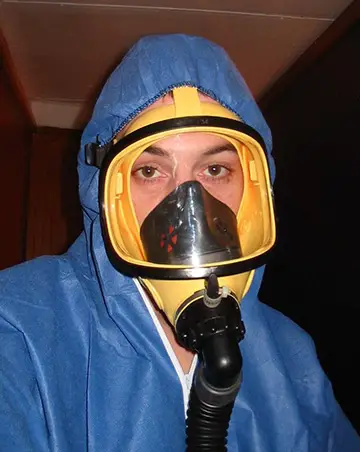
Does Asbestos stay in the air?
Asbestos can stay in the air up to 72 hours and longer when there are currants carrying it around.
Can you Vacuum Asbestos?
No you should never vacuum asbestos. Sweeping and vacuuming asbestos dust will only aggravate it and push it into the air stream where you can breathe it in.
Is Asbestos Dangerous When Wet?
Keeping asbestos wet is one way of keeping the particles stable but they do not enter the Airstream.
In fact asbestos when it is in water is not found to be dangerous and can even be swallowed without it becoming hazardous.
How long do you have to be exposed to asbestos for it to be harmful?

Low exposure to asbestos seldom causes disease. One brief Exposure does not cause a big risk.
But multiple brief exposures can add up to a significant amount of asbestos fiber being breathed.
Asbestos can be harmful to breathe in small amounts, and if you have been exposed to asbestos, it is best to tell your doctor before any breathing related issues arise.
There is clearly a difference between someone who has come into brief contact with it compared to someone who has worked with it in construction for a long time.
Long-term exposure to asbestos and pre-existing lung diseases as well as how long you were exposed and how much of it was in the air all have a factor and how harmful it can be.
Are Asbestos Risk Overblown?

Long-term exposure to asbestos causes lung disease and mesothelioma.
That’s about as serious as it gets. These diseases can significantly shorten your life span and cause your life to be a living hell dealing with the cancer.
Short-term risk may be considered by some to be overblown because of the majority of people who suffer from asbestos-related diseases we’re exposed too heavy amounts of asbestos dust for a long period Of time.
Remember that working with asbestos is not the only way you can be exposed to it. Whenever it is Disturbed, it poses a hazard. For this reason it is important to know are you have Building Products that use asbestos in your home.
Can you smell asbestos? Is asbestos odorless?
Asbestos does not have an odor.
Can you Taste Asbestos?
No asbestos does not have a taste either.
Can you See Asbestos?
Asbestos fibers or not visible to the naked eye.
Will Asbestos Make Your Skin Itch.
No asbestos will not make your skin itchy like fiberglass.

If you are dealing with an older home, looking for asbestos is as practical as considering the building materials used at the time.
For instance ceiling tiles were the rage back then but they were typically made out of asbestos materials.
As were vinyl floor tiles. Cement sheets were used for outdoor siding which also contained asbestos.
If you have a home that was built before the 1980s , there is a good chance that you have some materials that have asbestos in them. Having your home tested is a good ideal.
Should I Test for Asbestos?
Short answer, no. You should contact a professional if you think you have asbestos in your home. Remember that insurance will not cover the cost if you not go through the proper channels.
Popcorn Asbestos
If you have a popcorn ceiling that you believe with chance of containing asbestos, it is best to have it tested.
As stated before, doing your own test or remediation can cause you to be up a Creek with no paddle when it comes to getting help from your insurance company.
Most insurance will not cover any type of do it yourself asbestos testing or handiwork.
As long as asbestos is not disturbed, it is not dangerous.
An Asbestos ceiling can be sprayed with vinyl paint to keep it from crumbling.
It won’t change the look of the ceiling but it will help avoid the cost of having the ceiling completely removed by a professional.
If it’s safety issue where the ceiling is in danger of being scraped, a professional can place gypsum board over the asbestos ceiling to keep it from being disturbed and removing the dated look of the popcorn texture.
| What Kind of Cancer Does Asbestos Cause? |
|---|
| 1. Mesothelioma. |
| 2. Ovarian Cancer |
| 3. Laryngeal Cancer |
| 4. Lung Cancerv |
Can you get Mesothelioma from one exposure?
Asbestos cancer or mesothelioma occurs primarily in people who have had long term, high levels of exposure.
One exposure does not pose of developing Mesothelioma.

Asbestos on Shoes.
Getting asbestos on your shoes and clothing will provide a means of travel for the dust. Second hand exposure to asbestos can happen by the transfer of asbestos on your clothes and shoes.
The fears connected to asbestos come from the long-term heavy exposure because of the building materials that Carpenters and laymen were using daily
before the 1980s. But the fear of cancer should not concern you if you happened to come across asbestos. It takes much more than just a one-off incident.
Clothing and shoes are really not an issue anymore as for working with asbestos because companies are required to carry the proper protective wear. When you are done working, you simply leave the clothing behind.

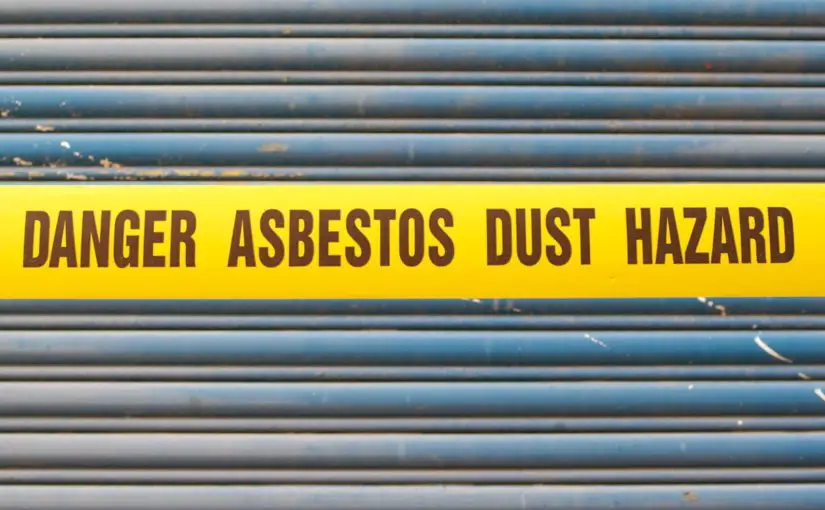

 A good
A good 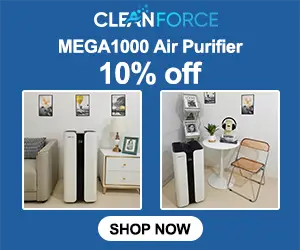


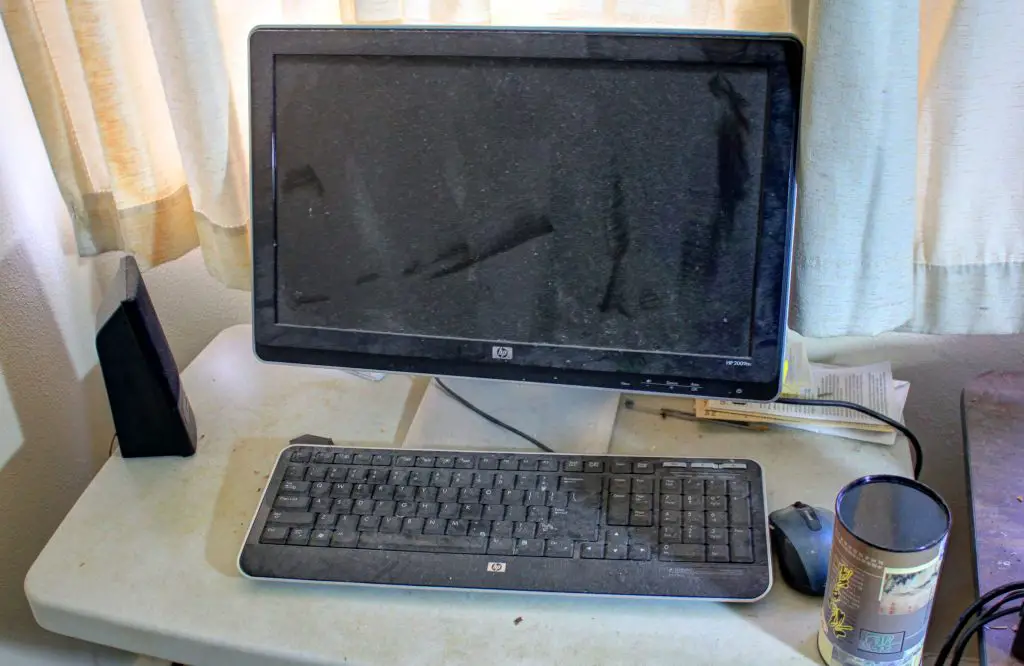




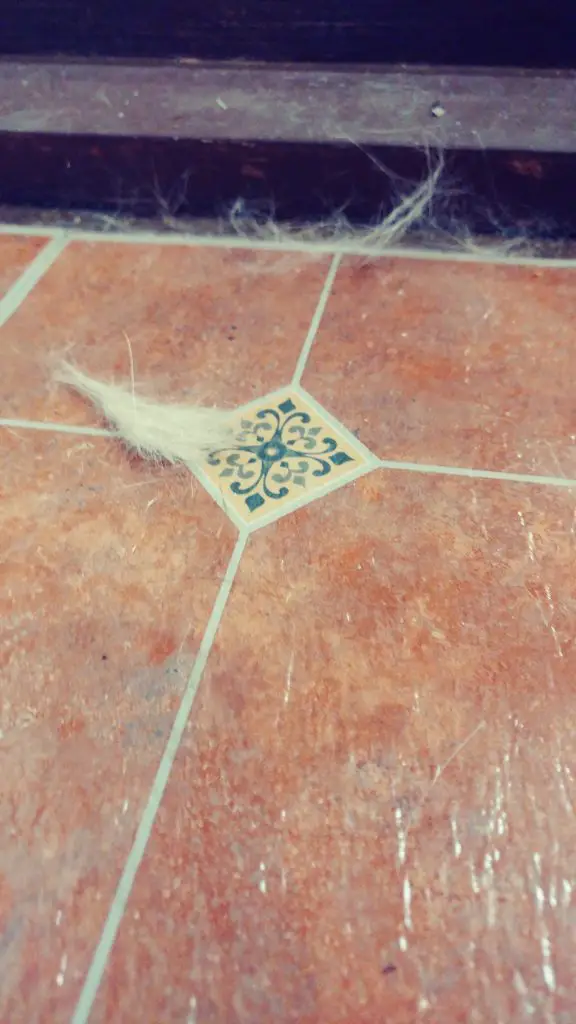

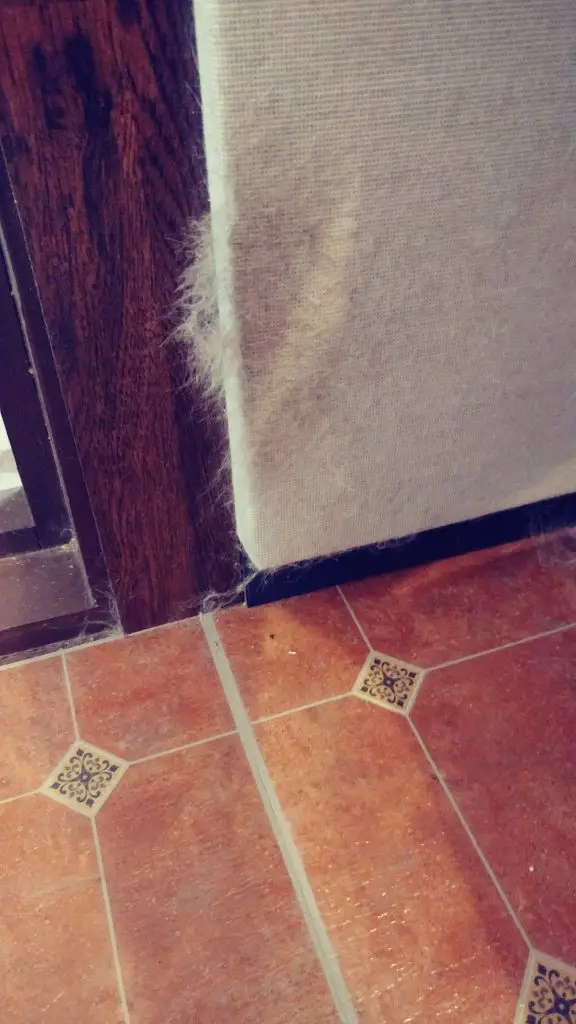
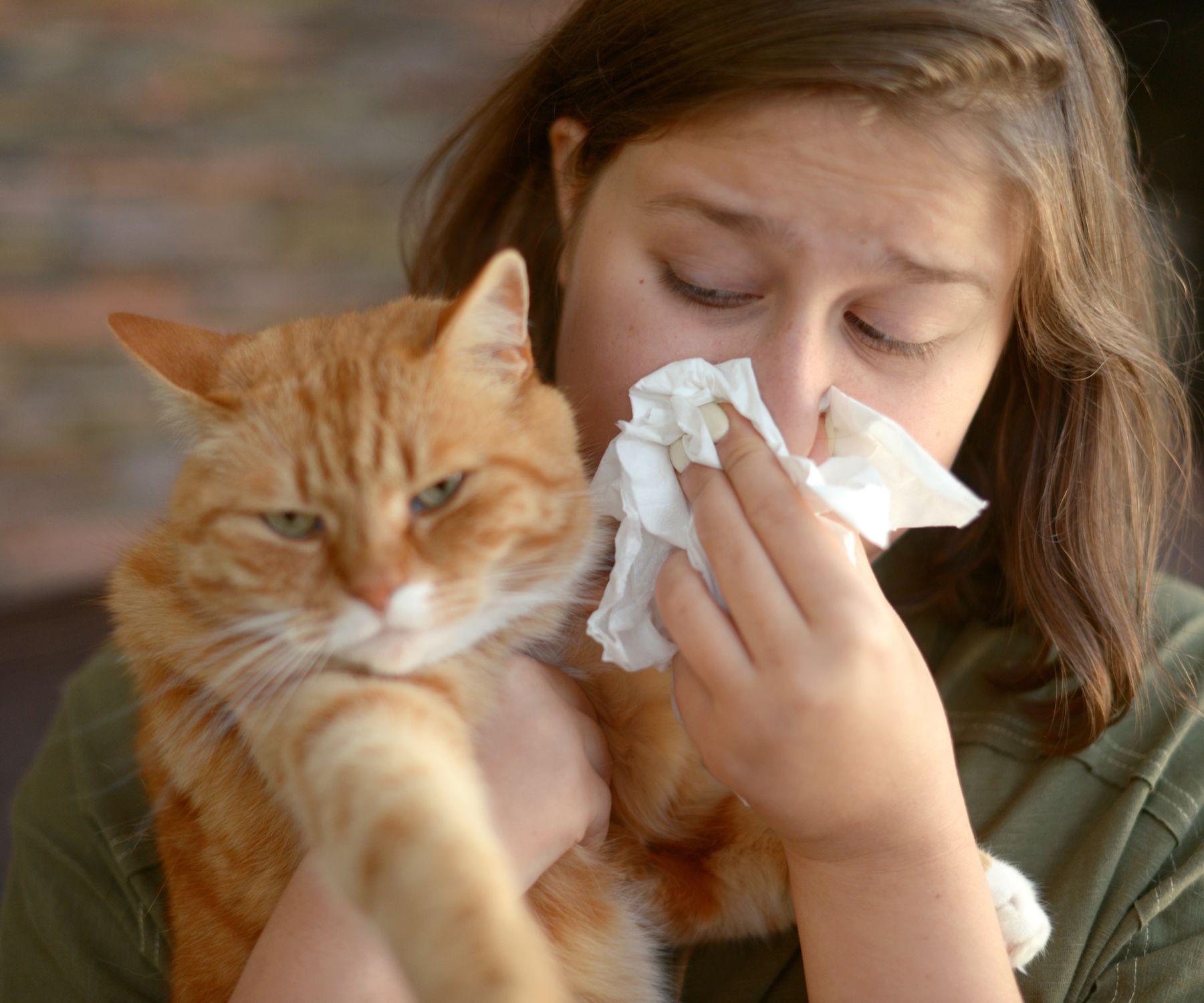



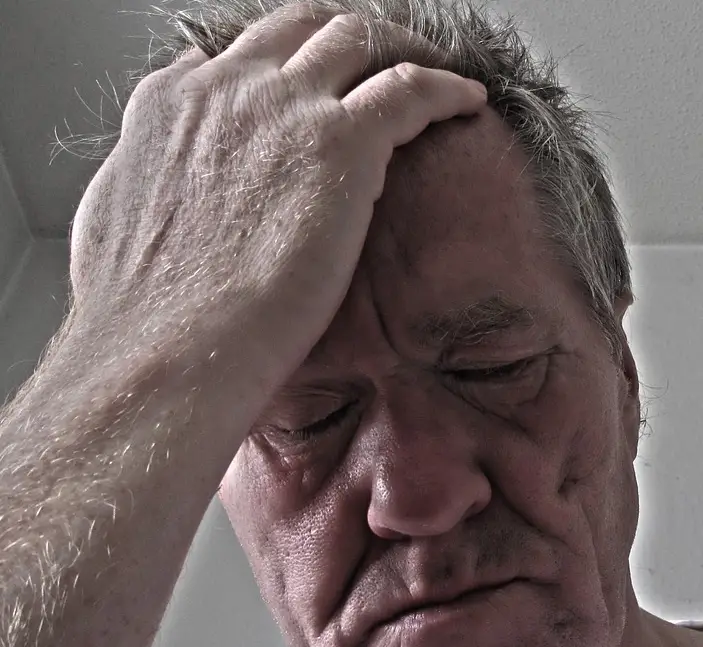

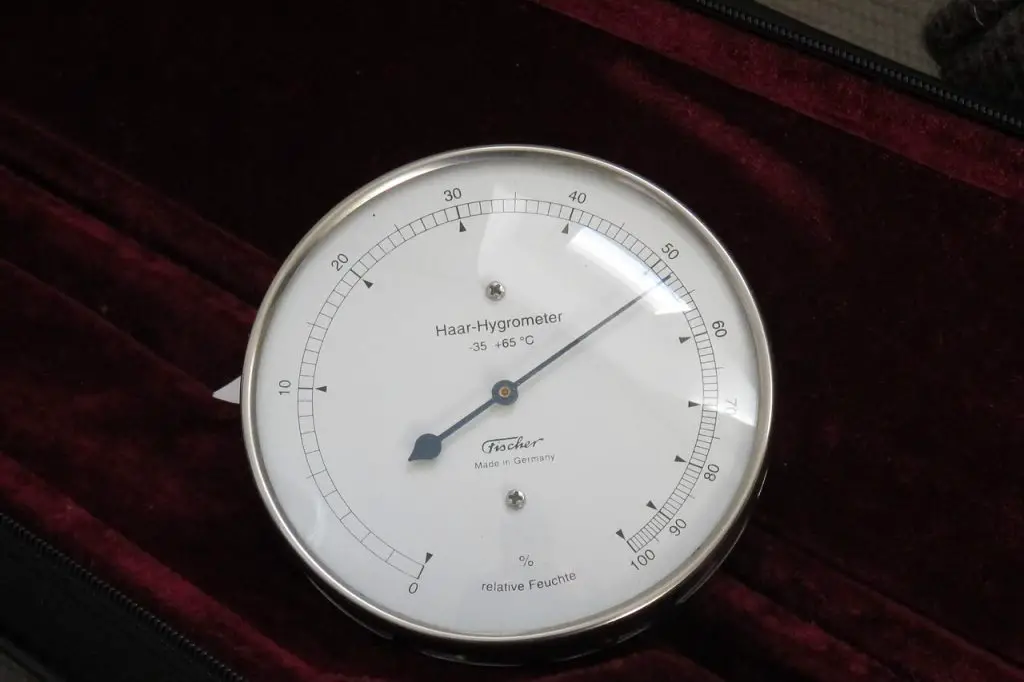
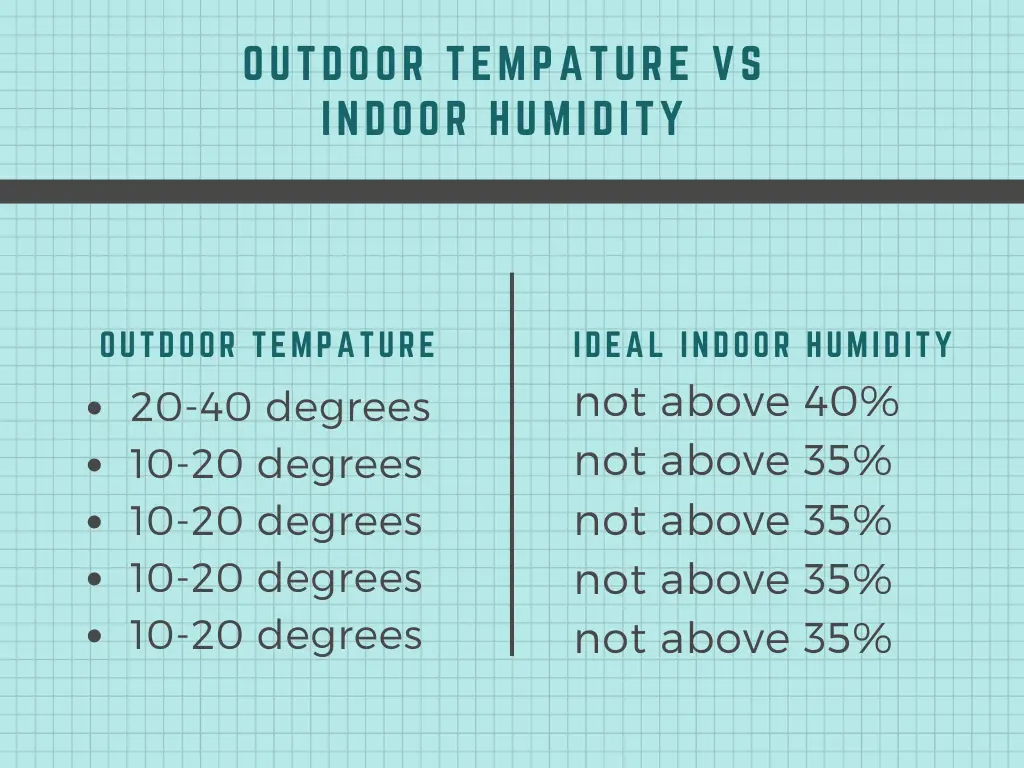


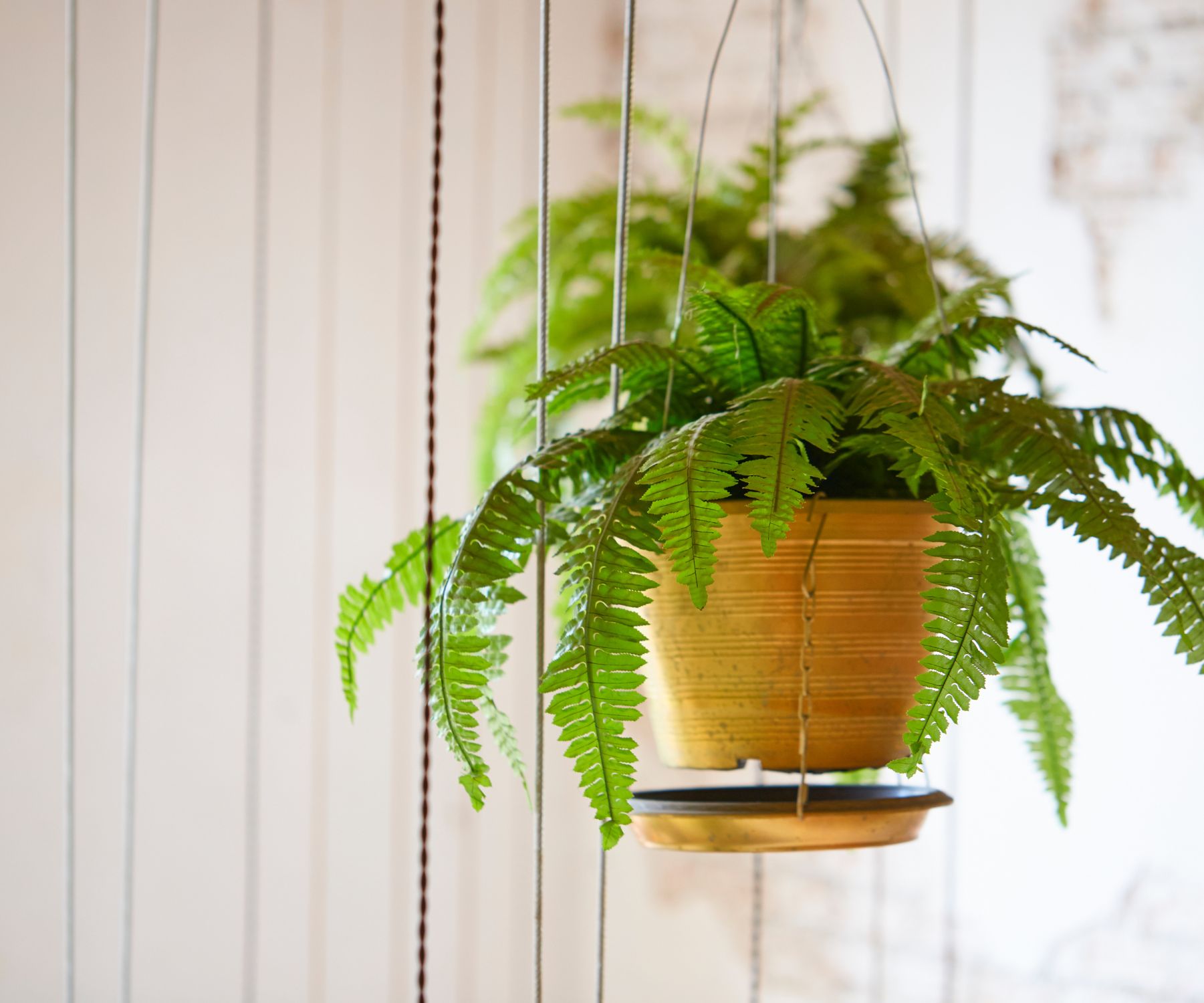




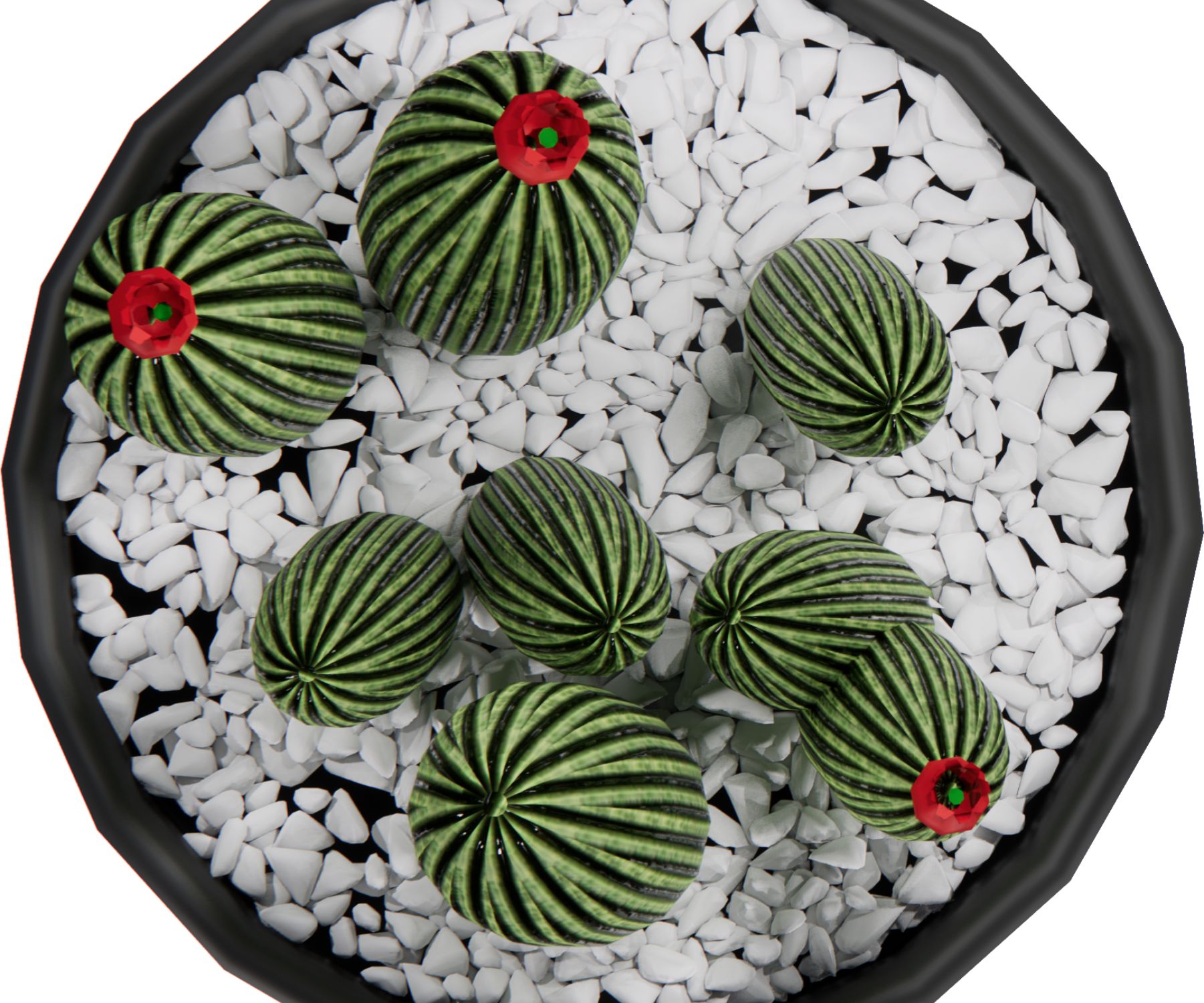



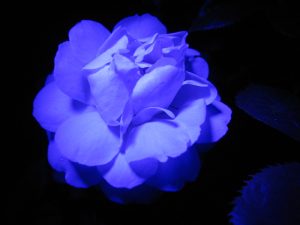
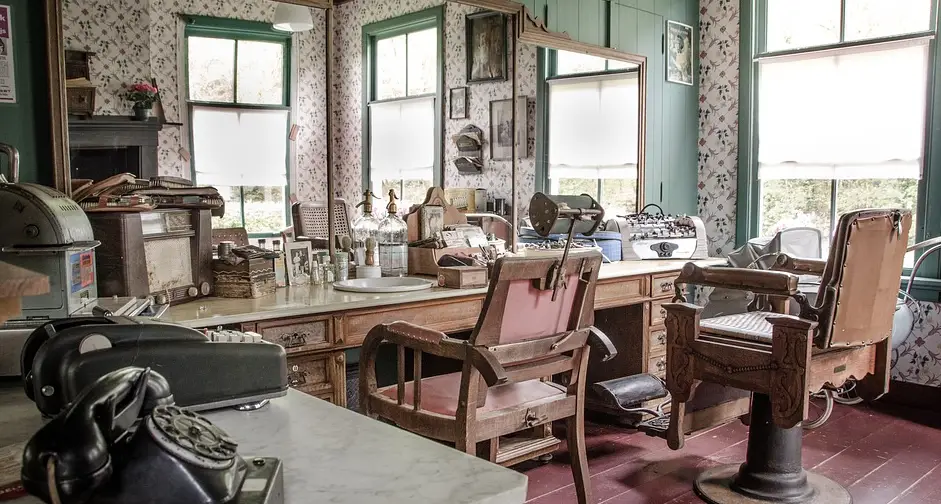
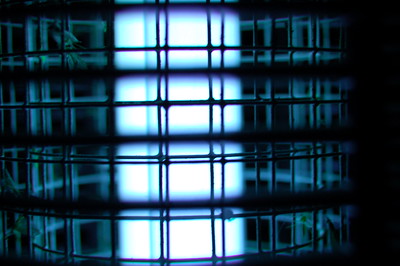

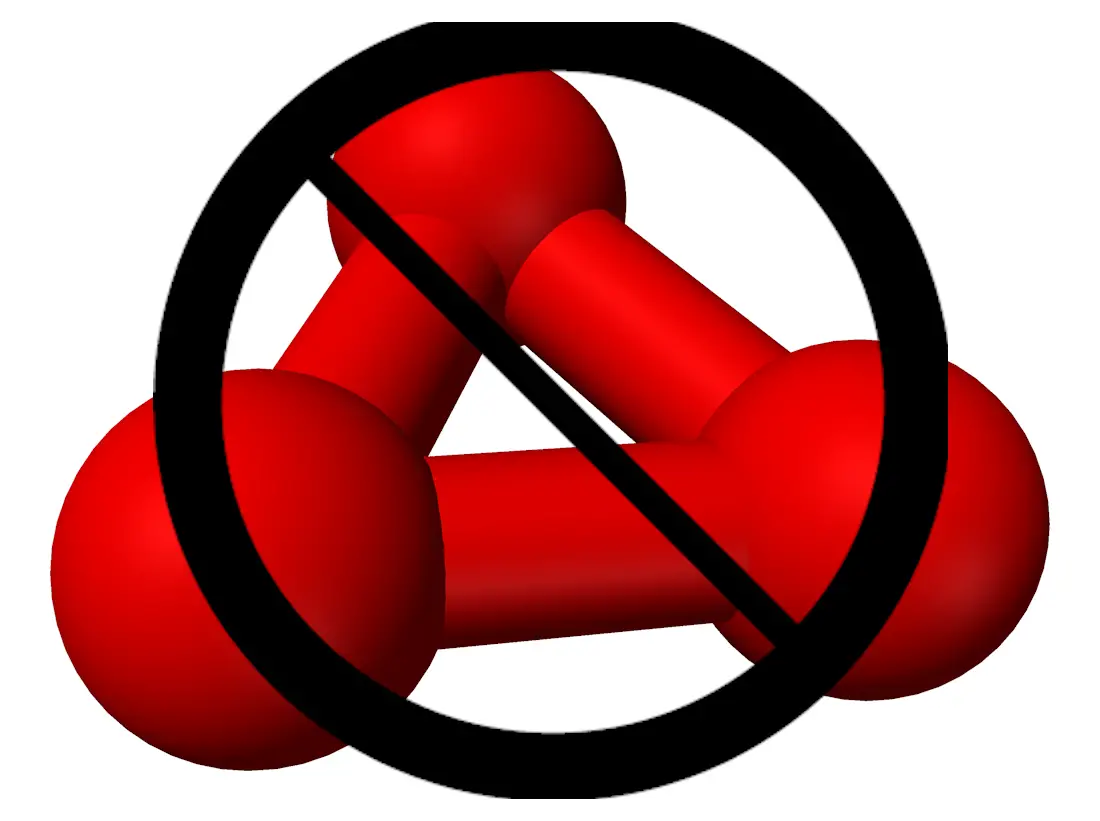





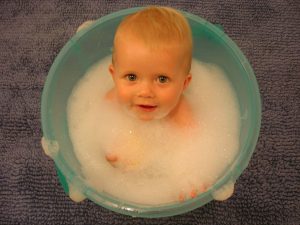







 But it is understandable.
But it is understandable.

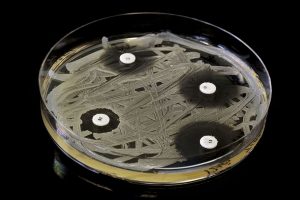
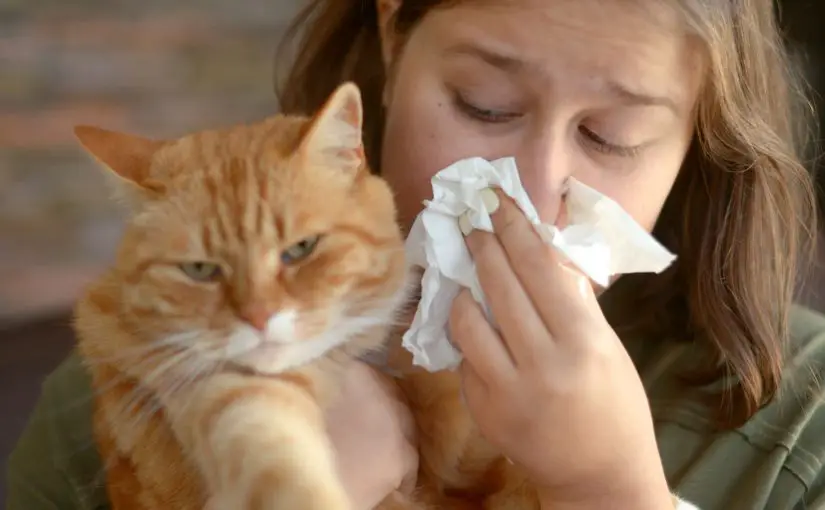
 Tips for Choosing an Air Purifier for Cat Allergy Relief
Tips for Choosing an Air Purifier for Cat Allergy Relief